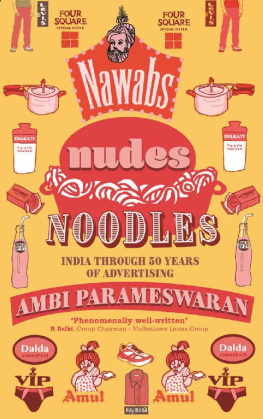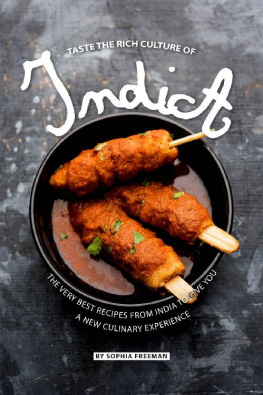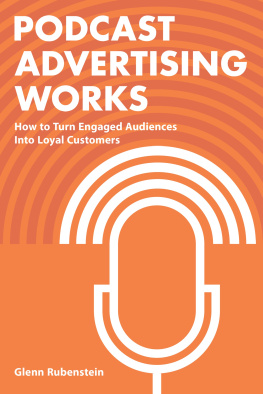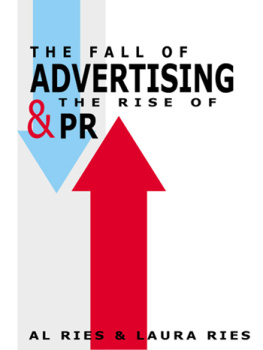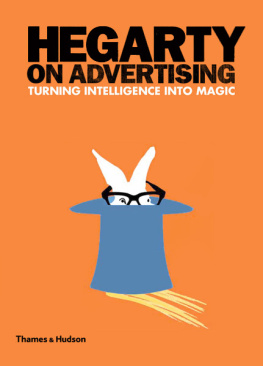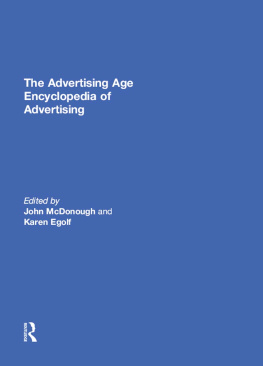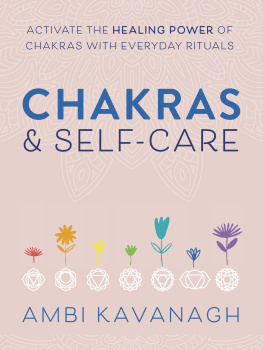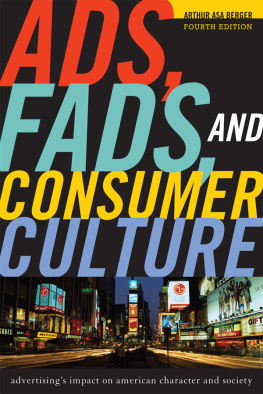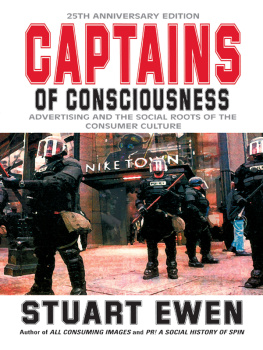NAWABS, NUDES, NOODLES
India through 50 Years of Advertising
Ambi Parameswaran
MACMILLAN
This book is dedicated to the unsung heroes of all great advertising The Clients
Contents
Introduction
Divining Societal Trends Using Advertising
I WAS LOOKING for my favourite blue jacket and could not find it in my closet. I was sure that the jacket was not with the dry-cleaners. Then I remembered that the previous week I had flown to Bangalore, and the flight back was terribly delayed. It had landed well past midnight. I realized that I had forgotten my jacket in the aircraft. Several phone calls later I was at the Lost and Found counter of Indian Airlines this was in 1993; those were the days when you did not have to scratch your head about which airline to book. It took them just a few minutes to locate my jacket since I had the exact details of the flight. The person manning the department mentioned that they get on an average ten spectacles and sunglasses every few days, and enough books to open a library every few years. A dress blazer was an odditiy in the store room. I explained that I work in advertising, the client meeting had been rough and the flight was late. The executive mockingly said, It took you five days to figure this out? Oh, you must have been drunk; you guys in advertising drink a lot, dont you? This was a full decade or more before Mad Men aired on American television and damaged the already bruised image of admen. The comment riled me up. I sat the old man down and gave him a lecture on what we do in the advertising business. He was not expecting that, but took the lecture in good spirit. Finally, we parted as friends, me with my jacket, him with a slightly better understanding of the ad business.
While everyone is happy to speak about an ad they saw on television, their knowledge about the industry is scant. Advertising agencies have existed in the country for well over 100 years now. However, it was only in the last fifty years, or more specifically since the winds of liberalization started blowing strongly from 1991, that advertising as an industry has come into its own truly reflecting the changing Indian consumers, their aspirations and desires.
From a societal point of view, roles played by man, woman, father, mother, grandparents, even the importance of rituals, festivals and money have changed. The rapidly diminishing effect of the deep divisions of class and caste as prescribed by the Manusmriti is evident in consumer India, at least in the urban markets.
Popular films, television programmes, novels, magazines and now digital media have been interesting reflections of societal changes. Be it the righteousness of the epic Indian mother ( Mother India ), the aggression of the angry young man ( Zanjeer ), to the lover boy phase ( Dilwale Dulhania Le Jayenge ) and to the NRI with a heart ( Swades ) phase, films have reflected the changing ethos of Indian society. In a similar vein, television programmes have also evolved from the days of partition drama to joint-family business sagas to saas-bahu serials to depicting IAS women on prime-time television; and as can be expected, religious mythologies continue to find their pride of place in Indian television. Several books have captured the changing chiaroscuro of Indian movies and television.
Advertising too has become a significant window to studying the transformation of Indian society, its desires and its needs. In a conventional sense, advertising has often attempted to change behaviour by introducing new products and selling them on the basis of rational and emotional benefits. At times, advertising has used social trends to sell products and services under the radar.
Often advertising has tried to stay a few steps ahead of society, thereby signalling a future trend. Sometimes it has looked at the past to hark back on an age-old ritual, custom or lifestyle to make the right connection. At a rudimentary level, advertising played a role in helping Indians discover new products and services. From the days when Dalda was demonstrated at grocery shops to the way Indians were weaned away from coal to a tooth powder to a tooth brush ironically, today we are offered carbon-infused toothbrushes advertising has tried to sell products rationally. Often adding a touch of emotionality as well.
While American cultural historian Jackson Lears dismisses advertising as the folklore of industrial society, I believe Indian advertising, considering the last five decades, provides not just folklore but also some interesting insights into a society in transition.
Roland Barthes, the French philosopher, linguist and semiotician, observes that commercials for products like laundry detergent or margarine work only because they tap into ideas consumers already have. These ideas have been elevated into myths. So, while the Greeks had Homer, we have professional wrestling and Hollywood, he says. If I may add to that, we also have television commercials which in their own form have become part of urban myths.
Advertising has tried to reflect the changes in the roles of men and women since the day a pressure cooker was sold as a symbol of love to the present day when a mobile service brand offers itself as a bridge between a woman boss and her subordinate husband.
The importance of children is not to be underplayed in a country that is one of the youngest in the world. Advertising in India seems to suffer from an overdose of children who are used to sell products ranging from noodles to soap, detergents to mobile phones, even cars are within their aspirational reach.
The depiction of women has also changed dramatically from the days of the coy bride being led into the house, to the Mummy who can spin magic to solve a problem to a dark-skinned woman going through the wedding ritual with her daughter eager to join her in the saat pheras round the fire. No other single consumer group has been depicted in such a diverse fashion.
If women have become more and more confident, men are being depicted as increasingly caring and thoughtful even if it is wishful thinking on the part of copywriters, but there are a growing number of talented women vying for top posts in ad agencies. The days of macho men having a bath in the open with a red carbolic soap has given way to a man who helps his wife with the cooking. Not that macho men are missing. Often they are shown to be relying on the power of a deodorant or a snazzy undergarment to snag the luscious bhabi .
Young adults as a group too have evolved to a new level. From the days of carefree fun, today they expound new philosophies on corruption, freedom of speech and suchlike. Gender difference is getting bridged as women get their own two wheels and ask, Why should boys have all the fun?
Getting a job used to be the ultimate achievement. Advertisements depicted men wearing smart formals washed with the best detergent landing the best job, and celebrating the achievement by rushing home and lifting up the devoted wife. No longer is getting any job enough. Now ads show subordinates demanding more from their bosses and even insulting them by calling them names like Hitler, arrogant, rascal when they are being unreasonably difficult.
Looking young and fair continues to be an obsession with Indian consumers and marketers. In addition there is this whole new mania about smelling good. While fairness cream advertising was once restricted by Doordarshan into describing gori as nikhri the dictionary meaning of nikhri is improved or better, but Hindustan Unilever has been using it so consistently to promote its fairness cream that today nikhri almost means fairer to the lay public all those taboos fell by the wayside with the opening up of television. Today, fairness obsession has even captured the menfolk. In middle-class homes, there are as many mens cosmetic products as there are womens cosmetic products, all spurred by advertising and the social pressure to look good.
Next page
